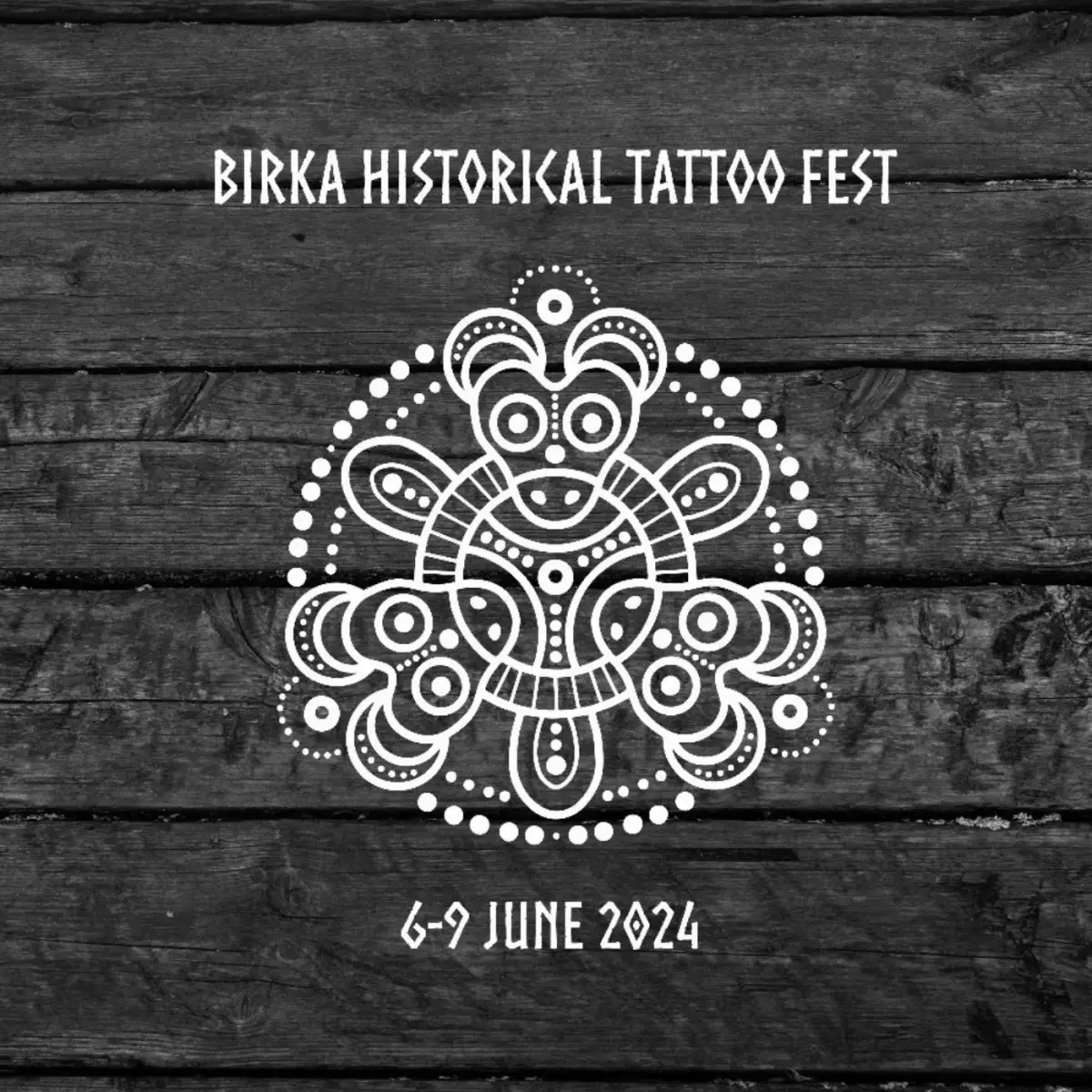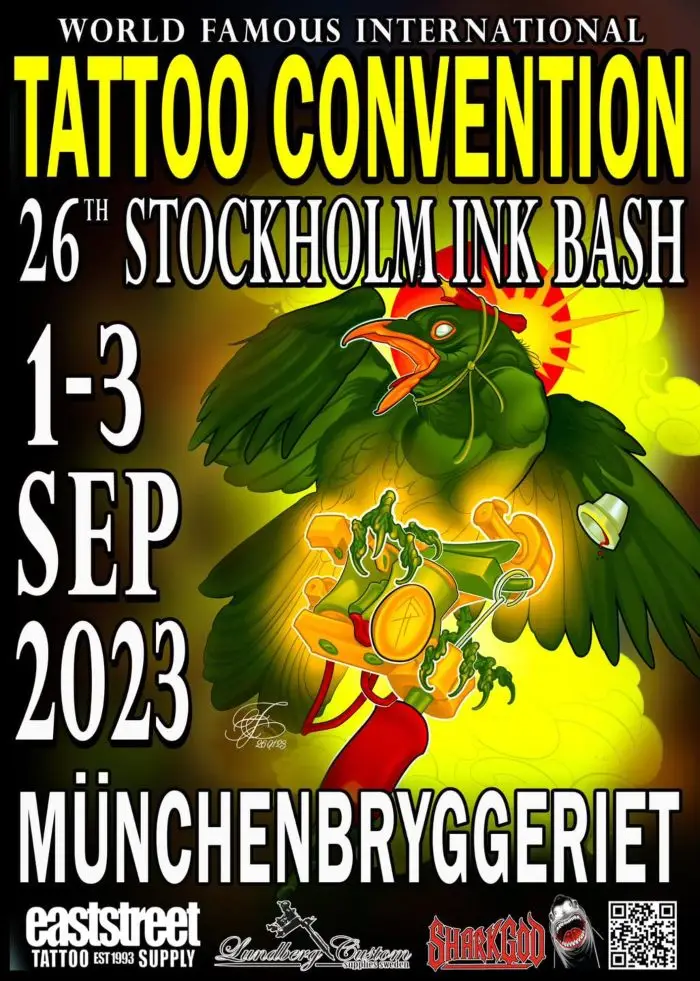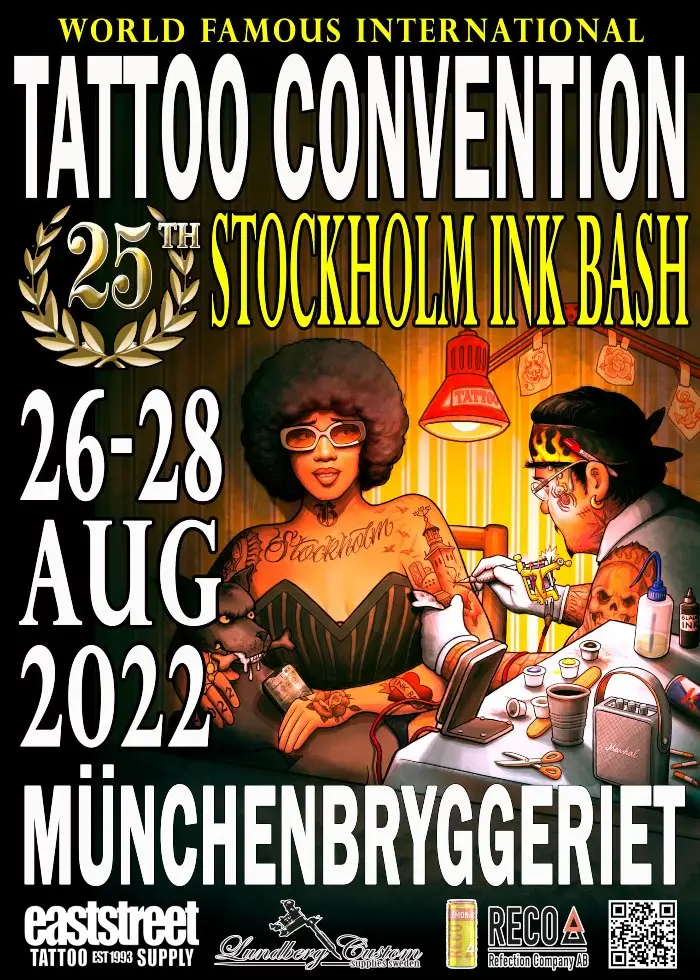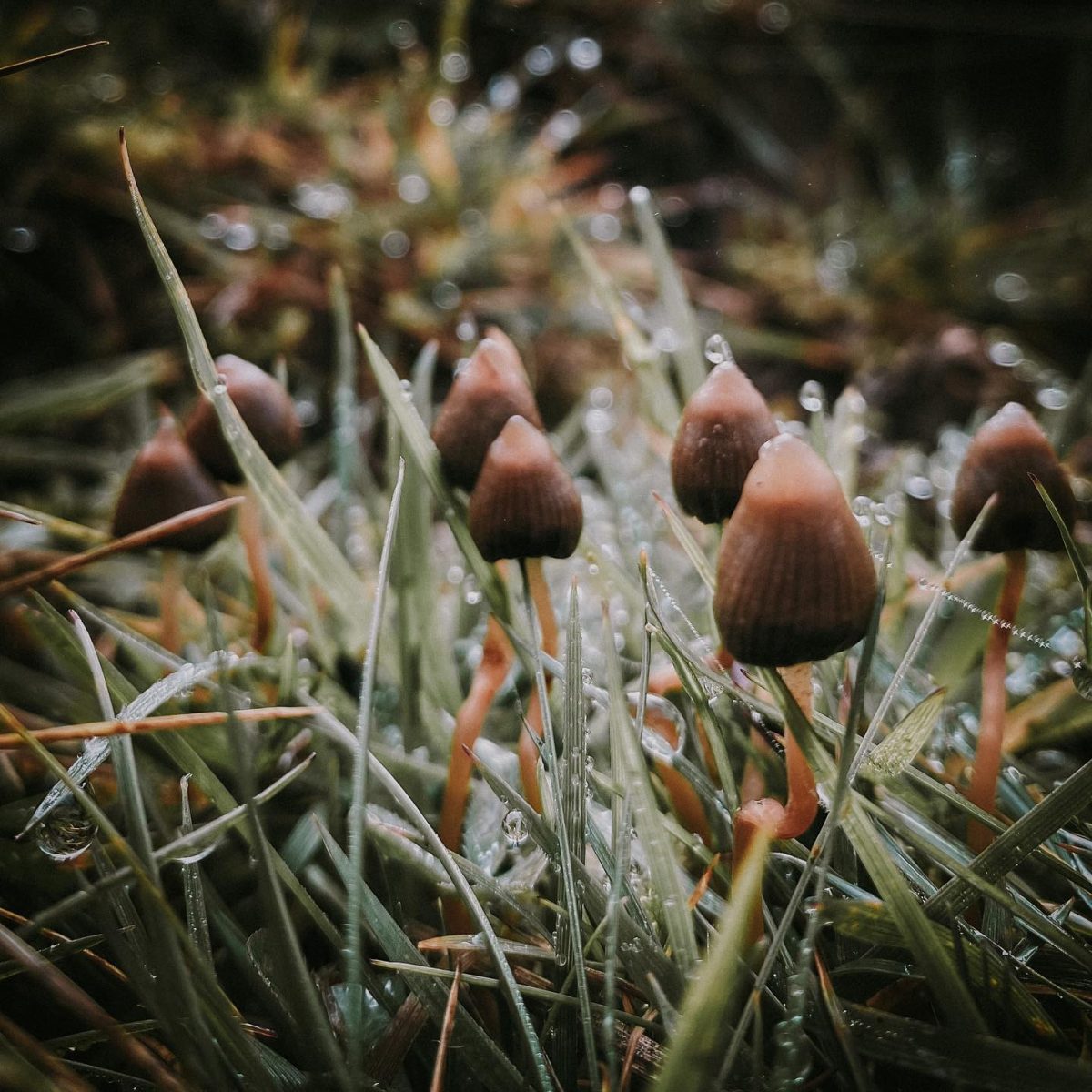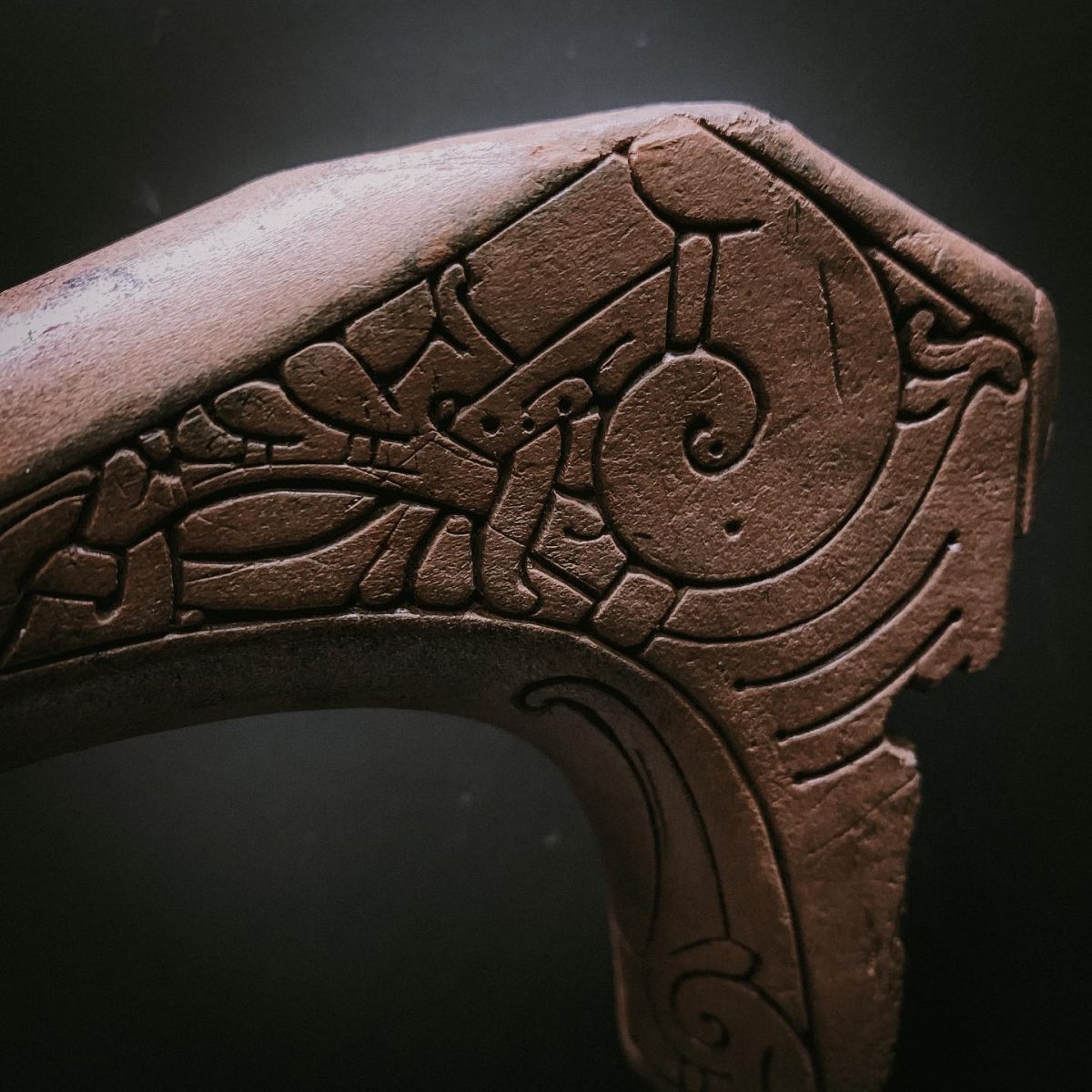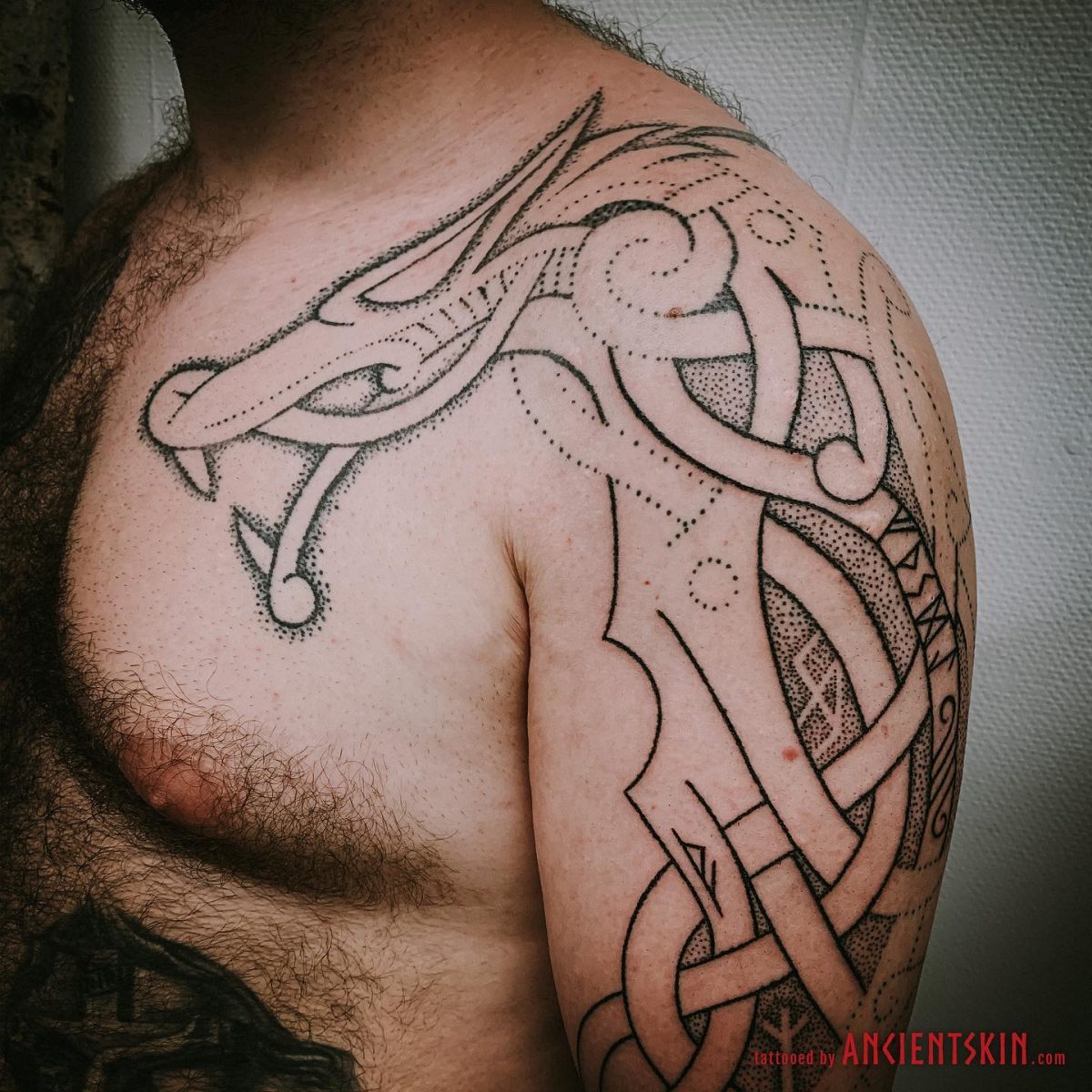Old Norse: Thor / Þórr Pronunciation: Thoar
Anglo-Saxon: Thunar Old High German: Donnar / Thonnar, Proto-Germanic: Thuraz
Thursday is named after him ( Thor’s day).
Thor ist eine der bekanntesten und mächtigsten Gottheiten in der nordischen Mythologie, der Donnergott und Beschützer Asgards. Als Sohn von Odin und Frigga verkörpert er Stärke, Tapferkeit und Gerechtigkeit und ist bekannt für seine heldenhaften Taten im Kampf gegen die Feinde der Götter.
Attribute:
- Stärke und Macht: Thor ist für seine immense Stärke und Macht bekannt, die er durch seinen Hammer Mjölnir erhält. Er gilt als stärkster aller Götter und ist in der Lage, die gefährlichsten Feinde zu besiegen.
- Donner und Blitz: Thor ist der Herr über Donner und Blitz, die er durch den Einsatz seines Hammers kontrolliert. Seine Donnerschläge sind Zeichen seiner Macht und werden oft als Warnung an seine Feinde angesehen.
- Beschützer: Thor ist der Beschützer Asgards und seiner Bewohner. Er wird oft angerufen, um Schutz vor Feinden und Naturkatastrophen zu gewähren, und seine tapfere Gegenwart gibt den Göttern und den Menschen Hoffnung.
Darstellungen:
- Hammer Mjölnir: Thor wird oft mit seinem mächtigen Hammer Mjölnir dargestellt, der ihm von den Zwergen geschmiedet wurde. Mjölnir ist ein Symbol seiner Macht und wird oft verwendet, um Feinde zu besiegen und Naturgewalten zu kontrollieren.
- Donnergrollen: In einigen Darstellungen wird Thor von Donnergrollen begleitet, die seine Anwesenheit ankündigen und seine Verbindung zum Donner symbolisieren.
- Kampfrüstung: Thor wird oft in voller Kampfrüstung dargestellt, mit einem Helm, einem Schild und einem Gürtel, der seine Stärke erhöht.
Familie:
- Odin und Frigga: Thor ist der Sohn von Odin, dem obersten Gott, und Frigga, der Göttin der Liebe und Ehe. Ihre Liebe und Fürsorge prägen Thors Charakter und motivieren ihn in seinen Taten.
- Loki: Obwohl Loki nicht biologisch mit Thor verwandt ist, wird er oft als Thors Adoptivbruder betrachtet. Ihre komplizierte Beziehung spiegelt sich in vielen nordischen Mythen wider.
Thor ist eine zentrale Figur in der nordischen Mythologie, deren Stärke, Tapferkeit und Gerechtigkeit ihn zu einem beliebten und verehrten Gott machen. Seine Legenden und Geschichten sind ein integraler Bestandteil der nordischen Kultur und haben bis heute einen bleibenden Einfluss auf Literatur, Kunst und Popkultur.
Thor is a son of Odin and the Earth Goddess Jord, and is one of the most powerful of the gods. He is married to Sif, a fertility goddess, and together they have a daughter named Thrud (Strength). His mistress is the giantess Jarnsaxa (“iron cutlass”), and their sons are Modi (Courage) and Magni (Main-strength). Thor is helped by Thialfi, his servant and the messenger of the gods.
Thor’s hall in Asgard is named Bilskinir (“lightning crackle”) Which is located in the region of Thrudheim (“place of might”)
Thor is the God of Strength and Storm who governs the weather, sending the life giving rain to the farmers fields
Unrivalled in strength, Thor is the embodiment of pure, raw might and power which can be felt upon the intense air of thunderstorms, and seen with each flash of lightning. He is the supporter of society, and protector of Gods and Men alike.
One of the most beloved god of the Germanic peoples, and often known as “god of the common man”, Thor was worshipped most by the free farmers (who were also warriors at need) and by those who “trusted in their own might and main”. Today, he is also seen as the warder of his mother Earth against those who would harm her for their own gain. He is able to raise great rages in himself, in which he summons up more strength than any being in the worlds can match.
The ancient Germanic tribes believed that during a thunderstorm, Thor rode through the heavens on his chariot pulled by the goats Tanngrisni (“tooth gnasher”) and Tanngnost (“tooth grinder”) and that lightning flashed whenever he threw his hammer Mjollnir and the thunder roared when it struck its target.
Thor wears a magical belt Megingjard which doubles his already considerable strength..
Thor’s weapon is the mighty hammer Mjöllnir (“the crusher”), small amulets of which are worn by true folk as a sign of troth. Thor not only used his hammer for fighting giants, but also for hallowing both brides and funeral pyres, and several runic inscriptions from the Viking Age in Scandinavia call on him for protection and to hallow the runes.
Thor was usually portrayed as a large, powerful man with fair hair and a red beard who possessed fiery eyes of lighting. But despite his ferocious appearance, he is very popular as the protector of both gods and humans against the forces of evil.
The extraordinary distribution of place-names attributed to Thor attest to his popularity – the frequency is second only to those named for Odin / Wodan.
Although Thor is sometimes shown as being slow-witted in comparison with Odin or Loki, he is a practical god whose solutions to problems are usually swift, effective, and show the common sense the other two sometimes lack. He is also called the “Deep-Thinker,” and in one Eddic poem, outwits the clever dwarf Alviss (“All-Wise”) by engaging him in a riddle contest until dawn turns the dwarf to stone.
Thor is best-known for his ceaseless battle against the giants. He is not a bloody-minded reaver, however, but a warder who protects the folk of Midgard and Asgard against the menacing beings who seek destroy our world; unlike Odin, he never involves himself in the battles of men, but the gods often seem to rely on his protection.
When he travels to Jotunheim, Loki often goes with him; as Thor is the only god that Loki really seems to respect.
His greatest enemy is Jormungand, the Midgard Serpent. At the day of Ragnarok, Thor will kill this serpent but will die from its poison. His sons will inherit his hammer after his death.
Other names:
THOR – Thunder
Vingthor – Winged Thor
Vingner – Winged
Vior – Hallower
Hlordi – Heat
Trudgälmer – Song of strength
Thor Karl – Man Thor
Födhr Thor – Father Thor
Akathor – Driver Thor
Hild tundr gudh – Thunder war god
Vagntyr – Chariot god
Asabrag – Aesir Chief
Ennilang – Desired
Eindridi – One-rider
Bjorn – Bear
Hardveur – Door hallower
Sonnung – Child of the sun
Asathor – Thor the Aesir
Vigithuner – Thor the Killer
Tundrtyr – Thunder god

